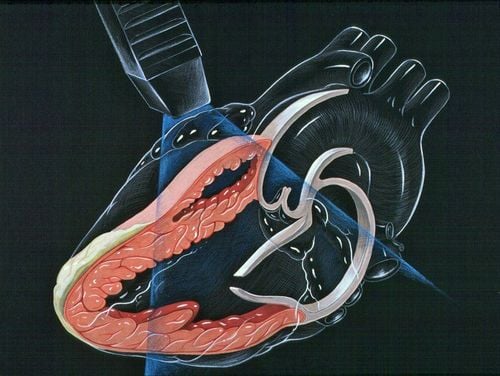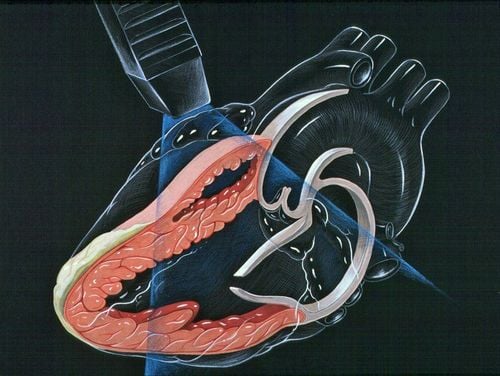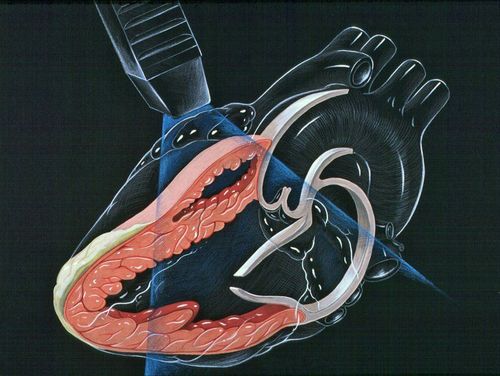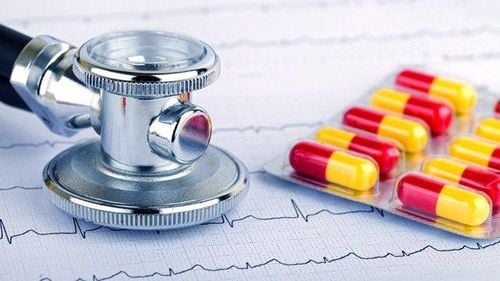This is an automatically translated article.
The article is professionally consulted by Master, Doctor Do Nguyen Thuy Doan Trang - Head of Extracorporeal Circulation Team - Cardiovascular Center - Vinmec Central Park International General Hospital. The doctor is a leading expert in Extracorporeal Circulation in cardiac surgery and cardiac resuscitation, Cardiovascular medical treatment.Transesophageal echocardiography is a method of using ultrasound waves with a transducer inserted through the mouth into the esophagus to perform ultrasound, in order to detect many diseases of the heart.
1. What is a transesophageal echocardiogram (TEE) test (TEE)?
An echocardiogram is a method that uses ultrasound waves to create moving pictures of the heart and major blood vessels. Echocardiography helps to detect valvular diseases, tumors, cardiomyopathy, pericardial disease, infective endocarditis and congenital cardiac abnormalities as well as detect thoracic aortic aneurysms. Transesophageal echocardiography is an echocardiogram method with a closer approach to the heart by inserting an oral ultrasound probe into the esophagus to perform ultrasound, achieving more accurate results than ultrasound. heart through the chest wall.2. What should you do before transesophageal echocardiography?
Do not eat or drink, including water, for 6 hours before the ultrasound. Take the medicine only with a very small sip of water. Remove dentures, including fully or partially removable teeth, and report loose teeth (if any). Lie on the bed and lean to the left. Install a monitor for blood pressure, heart rate and Spo2. You will be given a light intravenous sedation (if needed). Anesthetize the oropharynx with gel/spray drugs (lidocaine or xylocaine spray) or mild intravenous sedation or short sedation. You open your mouth wide, exposing the pharynx, spray 5 times and hold for 5-10 seconds before swallowing. Repeat the operation a second time after 5 minutes. You have to bite into the plastic jaw to protect the teeth and the tube. Note: tell your healthcare provider if you suspect or are pregnant, or are allergic or sensitive to local anesthetics, latex or any medications or medications you are currently taking.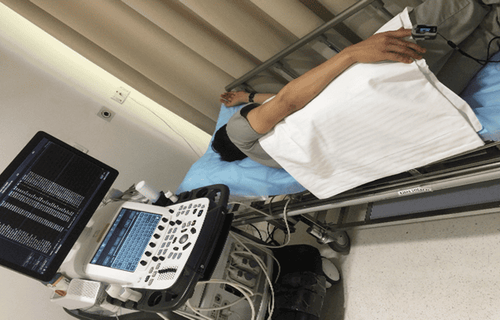
3. What is the process like for you?
The medical staff will explain the procedure. Nurses set up an intravenous line and receive a light dose of sedation intravenously (if needed). Your doctor will insert the endoscope into your throat and ask you to swallow. The doctor will push the tube down the esophagus from 20-30cm. The transducer will record images of the structures of the heart above. The doctor will take the tube down 30-40cm deeper. The transducer will record images of the underlying heart structures. The probe will be placed at each position for 5 to 10 minutes. A small plastic straw will help suck out saliva from the mouth. After the doctor has completed the ultrasound, the transducer, electrode patch, and intravenous line will be removed. Your doctor and nurse will monitor you until you are fully awake.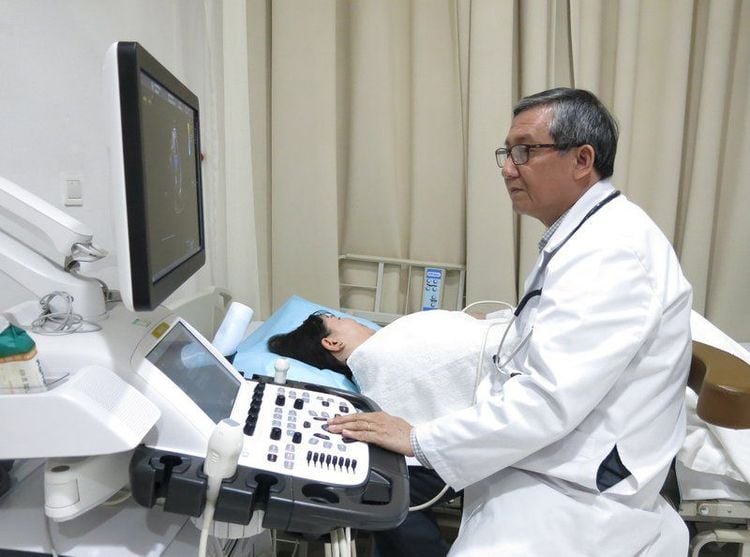
4. What do you need to do after the ultrasound?
You can eat and drink at the earliest 1 hour after the ultrasound. Due to the sedative effect, it is forbidden to drink alcohol 1-2 days after the procedure. The effect of the anesthetic will last for this time.5. What are your normal symptoms after ultrasound?
The risk of complications is very low, be it a sore throat or little bleeding. You will usually have some swallowing problems right after the procedure but will improve after a few hours. You may have a mild sore throat for 24 hours after the ultrasound. Your doctor may prescribe throat lozenges to relieve your sore throat.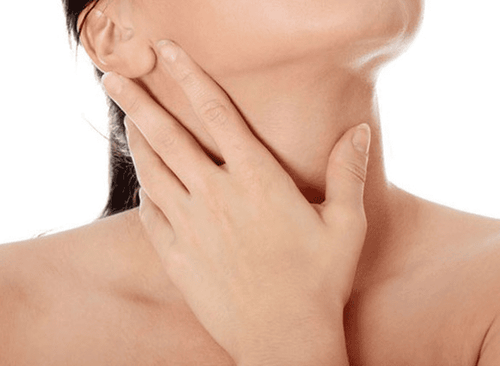
6. When should you tell your doctor?
Difficulty breathing Choking on food, liquids or saliva. Pain or heavy bleeding in the mouth or throat. Irregular, irregular heartbeatPlease dial HOTLINE for more information or register for an appointment HERE. Download MyVinmec app to make appointments faster and to manage your bookings easily.






